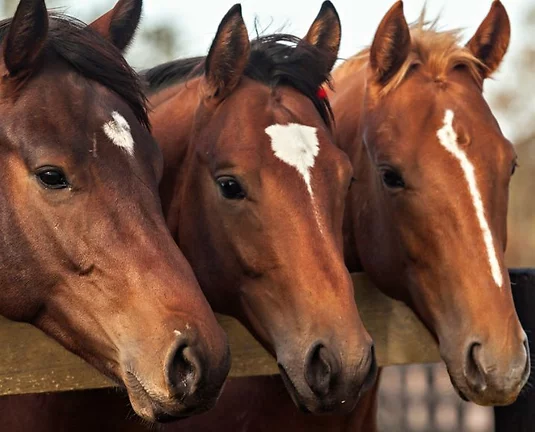NIL Timeline: The Events That Transformed College Sports
 1956 – NCAA begins to allow student-athletes to receive athletic scholarships without regard for their academic ability or financial hardships.
1956 – NCAA begins to allow student-athletes to receive athletic scholarships without regard for their academic ability or financial hardships.- 1975 – The NCAA updated its regulations limiting scholarships to tuition, books and board.
- 1984 – In a 7-2 decision, the U.S. Supreme Court declared that the NCAA’s control of college football television broadcast rights violated the Sherman and Clayton Antitrust Acts. The ruling gave member schools more autonomy to negotiate broadcast rights agreements.
- 2009 – Former UCLA basketball standout Ed O’Bannon was a plaintiff in a class action against the NCAA. O’Bannon and the other plaintiffs claimed an EA Sports video basketball game used their likenesses without consent or compensation.
- 2014 – Northwestern University football players petitioned the National Labor Relations Board (NLRB) to classify them as employees and permit them to unionize and directly benefit from commercial opportunities. The NLRB petition was unsuccessful, but the NCAA and member schools were put on notice about limiting the monetization of NIL by student-athletes.
- 2015 – Federal district and appellate courts upheld the arguments of O’Bannon and the other plaintiffs, ruling that the NCAA’s amateurism rules were an unlawful restraint of trade. As a result, the NCAA increased the grant-in-aid limit to the full cost of attending school and allowed up to $5,000 per year in additional compensation.
- 2019 – California became the first state to pass NIL legislation in the “Fair Pay to Play Act” which prohibited the NCAA or member schools from punishing student-athletes who earn NIL compensation. The new measure was set for enactment in 2023.
- 2020 – Colorado, Florida, Nebraska, New Jersey and several other states pass laws permitting college student athletes to monetize their NIL. These new regulations are scheduled for enactment in 2022 and 2023.
- 2020 – The National Association of Intercollegiate Athletics (NAIA) passed regulations allowing NIL compensation for its student athletes. The NAIA regulates collegiate athletics at 252 member institutions who field 77,000 student athletes in 27 sports.
- 2021 – In NCAA vs. Alston, the U.S. Supreme Court rejected an NCAA appeal of its antitrust lawsuit, finalizing the lower court decision that the NCAA is not exempt from antitrust regulations. This ruling opened the floodgates for additional academic-related compensation and led to the NCAA’s ultimate decision to quickly adopt an Interim NIL Policy that allowed, for the first time, student-athletes to benefit financially from their name, image, and likeness without fear of NCAA penalty.
- 2022 – The NCAA Board of Directors issued NIL guidance to member schools which reinforced the prohibition of any recruiting incentives offered to student-athletes linked to potential NIL arrangements.




